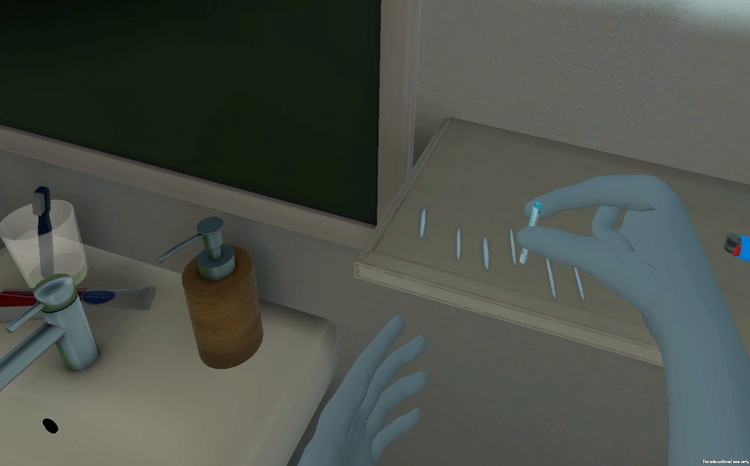Geneva boosts telemedicine in Francophone Africa
- 4 August 2008
The decentralised nature of the Swiss confederation has given cantonal governments wide autonomy to spend their money, and Geneva authorities are now using their authority to boost telemedicine in a growing number of African nations.
Since 2001, RAFT, which stands for Réseau en Afrique francophone pour la telemedicine (Telemedicine Network in French-speaking Africa), has established multi-site operations in 14 North, West and Central African countries, as well as in Madagascar. RAFT also has limited operations in Chad and the Democratic Republic of Congo—the former Zaire—and is just beginning to connect a single location in Guinea.
The well-documented brain drain from Africa to Europe and America and the sheer size of the continent have left many African communities critically bereft of medical expertise, and clearly good candidates for telemedicine.
The programme is financed partly by the cantonal government in Geneva, as Swiss cantons operate mostly unencumbered by any central authority in Bern. “Each state has pretty much a mandate to support development,” explains RAFT director Dr Antoine Geissbühler, chief of medical informatics at Geneva University Hospitals. Geneva chose to help with telemedicine in Africa.
Other partners in RAFT include the World Health Organisation, the Paris-based World Francophone Digital University and the Global Digital Solidarity Fund (DSF), a group headquartered in Geneva that finances projects to help close the “digital divide” between rich and poor communities. DSF have plans to support 1,000 telemedicine units across Africa and has started demonstrations at three sites.
DSF will be seeking funding for the full programme at a conference on “digital solidarity” among French-speaking countries, set for November in Lyon, France, according to Geissbühler. “The true test will be in November,” he says.
Geneva University Hospitals bring expertise and professional connections to the table; DSF largely are responsible for infrastructure. “Our added value is to organise people,” says Geissbühler who is president-elect of the International Medical Informatics Association.
But not all the most pertinent advice comes from Europe. “Expert advice needs to be actionable,” Geissbühler says. That means, for example, a doctor cannot order an MRI if no such imaging equipment is available.
When RAFT first began, the majority of consulting physicians were in Europe, but the pool of expertise has diversified. “They’re all over the world,” Geissbühler says of the programme’s medical consultants, “but more and more are in Africa.”
When setting up in a country, RAFT prefer to install at least three key people: a university professor as the “focal point”; a medical co-ordinator to organise local medical providers; and a technical co-ordinator. “These teams tend to grow,” Geissbühler says, and Geneva University encourage them to spawn other projects.
For example, a RAFT team in Senegal is conducting needs assessments to see how one urban hospital can support smaller and remote hospitals with Senegalese medical expertise via telemedicine. Geissbühler says the programmes in Ivory Coast, Madagascar and Mali similarly have local control. “It takes three to four years to demonstrate the value of the network and get local buy-in.
Another key component of RAFT is distance learning. Every Thursday morning, the central RAFT network provides online courses for all participating countries. National groups host their own courses at least one other time per week. Geissbühler is particularly enthused about the fact that 70% of the current curriculum is produced in Africa rather than Europe, and that courses are optimised for low-bandwidth connections as slow as 25 kilobits per second.
Neil Versel, reporting from the Making the eHealth Connection conferences in Bellagio, Italy.




